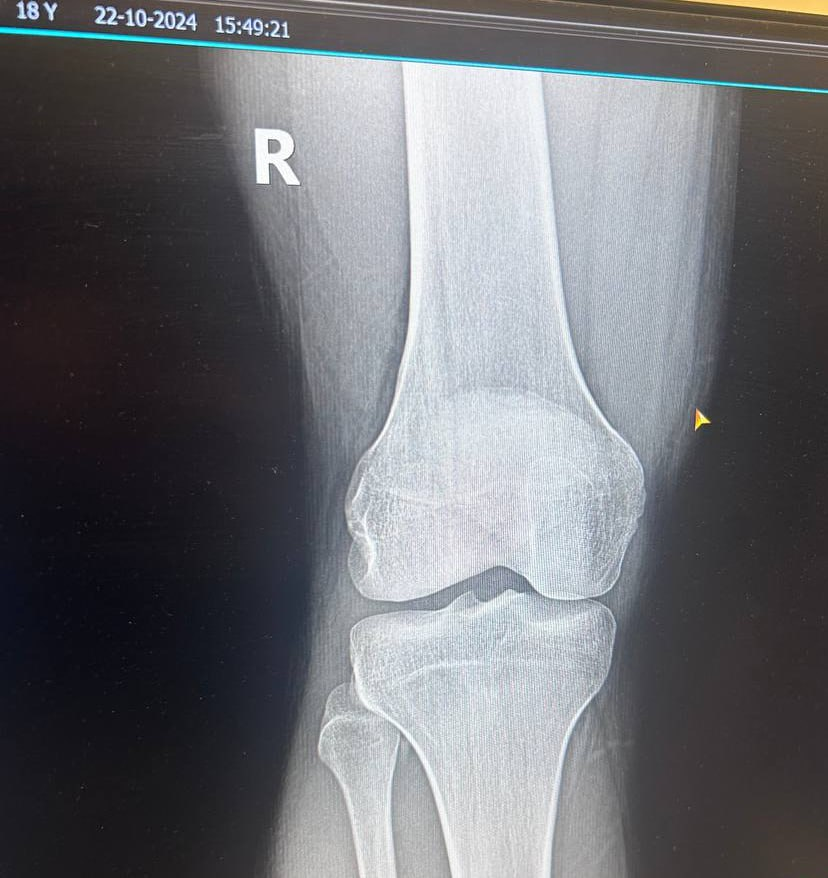bloodymanor
Bronze
- Joined
- Apr 25, 2025
- Posts
- 437
- Reputation
- 289

The growth zone is what growth cannot occur without, and it itself is divided into several zones.
1. Rest zone (reserve zone)
Located closest to the bone epiphysis, this zone contains small scattered chondrocytes (cartilage cells) embedded in a rich extracellular matrix. These cells are considered a reserve, a stable population of stem cells and anchorage of the epiphyseal cyst growth plate. This zone constantly provides a supply of chondrocytes for future growth.
2. Proliferative zone.
The chondrocytes here promote rapid division, organizing complex columns parallel to the bone axis. This proliferation is the main factor in bone stretching. Growth hormone and insulin-like growth factors strongly influence this zone, cell proliferation and production matrices.
3. Hypertrophic zone.
At this point, chondrocytes stop dividing and instead expand greatly (hypertrophy), secreting proteins that modify the surrounding matrix.
4. Ossification Zone
Although technically part of the metaphysis, this zone marks the transition from cartilage to bone. Osteoblasts invade the calcified matrix, depositing osteoid (unmolalized bone), which hardens into trabecular bone. This process, called endochondral ossification, integrates new bone tissue into the existing skeleton.
1. Rest zone (reserve zone)
Located closest to the bone epiphysis, this zone contains small scattered chondrocytes (cartilage cells) embedded in a rich extracellular matrix. These cells are considered a reserve, a stable population of stem cells and anchorage of the epiphyseal cyst growth plate. This zone constantly provides a supply of chondrocytes for future growth.
2. Proliferative zone.
The chondrocytes here promote rapid division, organizing complex columns parallel to the bone axis. This proliferation is the main factor in bone stretching. Growth hormone and insulin-like growth factors strongly influence this zone, cell proliferation and production matrices.
3. Hypertrophic zone.
At this point, chondrocytes stop dividing and instead expand greatly (hypertrophy), secreting proteins that modify the surrounding matrix.
4. Ossification Zone
Although technically part of the metaphysis, this zone marks the transition from cartilage to bone. Osteoblasts invade the calcified matrix, depositing osteoid (unmolalized bone), which hardens into trabecular bone. This process, called endochondral ossification, integrates new bone tissue into the existing skeleton.
This method is based on the idea that even after the growth zones close, a certain amount of epiphyseal skeletal stem cells remain in their place. We can say that the growth zone "completely" closes much later than significant growth ends.
The method itself. We will not consider the preparation.
1. First, we need to drill a hole to gain access to the cavity with epiphyseal stem cells.
2. Introduction of a drug based on SAG and other growth factors.
The method itself. We will not consider the preparation.
1. First, we need to drill a hole to gain access to the cavity with epiphyseal stem cells.
2. Introduction of a drug based on SAG and other growth factors.
SAG (smoothed agonist) is a small molecule that activates the smoothed (SMO) receptor, a key component of the hedgehog (HH) signaling pathway. This pathway, especially the Indian hedgehog (IHH) subtype, plays a critical role in regulating growth plate activity, including chondrocyte proliferation, differentiation, and bone elongation during development.
SAG is a powerful molecule that stimulates the proliferation and differentiation of epiphyseal stem cells, causing them to build a new growth plate.
STUDY IS HERE: https://insight.jci.org/articles/view/165226
SAG is a powerful molecule that stimulates the proliferation and differentiation of epiphyseal stem cells, causing them to build a new growth plate.
STUDY IS HERE: https://insight.jci.org/articles/view/165226
studies that were mentioned:
https://insight.jci.org/articles/view/165226
Last edited:

